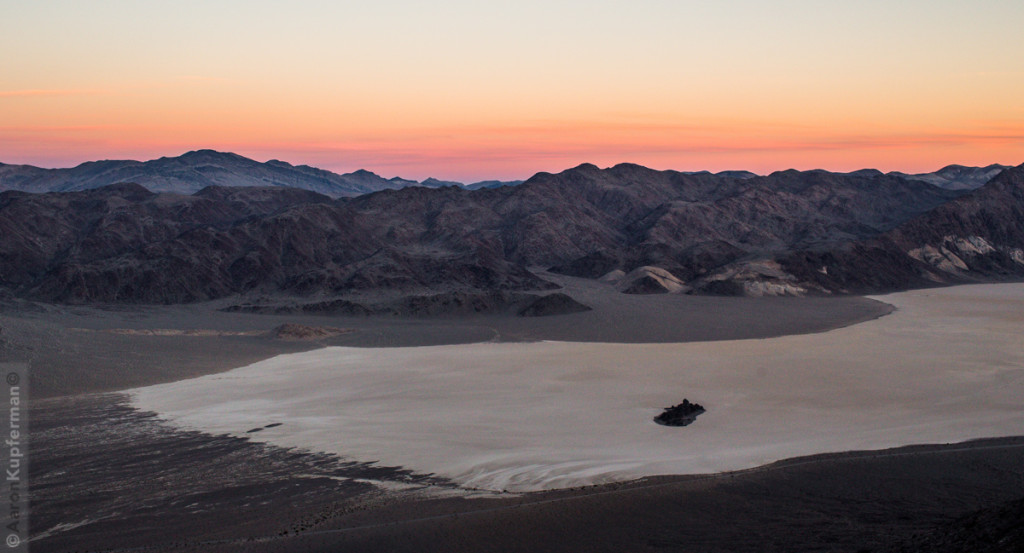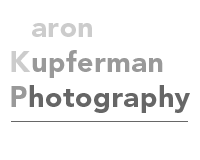
Death Valley Nov. 2013
Recently I had a rare two-day weekend during a production, so two friends (Kurt & Christian) and I figured we would head up to Death Valley. As I don’t have an off-road vehicle yet, we took Kurt’s Xterra up for the weekend. Our initial plan was to head up from work on Friday, but Kurt burnt his hand on Thursday night and we wanted to give it time to settle down a bit before we hit the road. So early Saturday morning Kurt made the rounds picking us up and we hit the road.
Our destination was deep in Death Valley National Park in Racetrack Valley. The valley contains the Racetrack Playa, the famous moving rocks, the Grandstand, and Ubehebe Peak overlooking it all. We drove down the nearly 30 miles of washboard road into the valley and claimed our campsite first. Our primary goal of the day was to climb Ubehebe Peak, or at least up to the saddle overlooking both Racetrack Valley to the east and Saline Valley to the west. The trail is an old mining trail which leaves from the Grandstand parking lot and keeps a pretty consistently steep grade switchbacking up the mountain. And up the mountain we went, stopping several times for the gorgeous views looking back down on the Racetrack being cut in half by the shadow of Ubehebe Peak. At the saddle we each went different ways with Christian aiming for the higher peak (of course), Kurt going for the higher saddle, and me going for an adjacent lower peak. The timing was perfect with the sunset just starting. While we didn’t have any good colorful clouds above us, there were some good ones off on the horizon. After sunset shooting, we all collected at the saddle, lit our flashlights and head lamps, and headed down the pitch dark trail.
A great dinner of chicken burritos (thanks to Kurt) warmed our souls back at camp while we watched the clouds come and go obscuring the stunning starry night sky. A big part of the trip for me was to enjoy the perfectly moonless night in one of the darkest sky parks a decent driving distance from LA. With hopes that the clouds would clear, Kurt and I drove over to the Grandstand for some star trail photography. Unfortunately the opposite happened and the sky filled in almost completely with clouds for the two hours we ended up spending over there. Long exposures proved worthless causing the shapes of the clouds to blend into a featureless mess. Giving up on the sky, we started playing with some light painting and I eventually just messed around a bit and captured a few shots with my flashlight beam itself. These ended up being the only interesting ones from the night. Of course, upon our return to camp at the other end of the valley, the sky opened up almost completely. Not feeling like doing any more shooting that night, I sat back in the chair and enjoyed stargazing with my new 9×63 binoculars for a half hour before turning in for the night. It is quite amazing seeing features like the Andromeda Galaxy with the naked eye, and even better through a proper pair of binoculars.
The next morning I emerged from the tent to find Christian and Kurt in conversation with a guy who I learned is one of the scientist studying the moving rocks on the playa. They have all sorts of lasers, GPS, and other equipment monitoring select rocks hoping to capture exactly when, and during what conditions the rocks move. He was a very interesting guy with a lot of stories and things to say. One of the items that got our attention was when he revealed to us the location of a hidden canyon in the park containing a large number of petroglyphs. We decided to check this out later in the day, but broke camp and first went down to spend some time with the moving rocks of the race track and give them some encouraging words.
Almost none of the rocks near the parking area show signs of trails. Once you walk across the playa to the main origin point though, they all have very distinct and unique trails behind them. They have a general trend to the north, but make arcs and even some sharp turns very different from their neighboring rocks. It is a very unique phenomena to walk among. While the playa is pretty hard and immune to footprints while completely dry, with any moisture foot prints and especially tire tracks can make a deep and lasting mark on the otherwise featureless landscape. Many can even last several decades. I think the oldest mark, and probably the most interesting one historically, is from a B-25 bomber made sometime around WWII. Apparently the width was measured and confirmed; the three broad tracks in the middle of the playa are over 70 years old.
Next we scouted out the location of hidden canyon containing the petroglyphs. I won’t mention how far from the Racetrack Playa it is, but by the time we got there, we realized we didn’t have enough time in the day to make the trek over to the canyon entrance, explore it, hike back to the car AND drive the 8 hours home that night. We also wanted to do the canyon justice and give it a full day’s worth of exploring. So, grudgingly we got back in the car and continued our drive out of the park. Since Christian had not been to Badwater, we decided to head out that direction. It is amazing how dynamic the landscape is in a place most people consider dead. The salt flats, which just two years ago were almost featureless and only showed thin, shallow geometric lines, were now torn up with large plates and sheets of salt protruding in the rough shape of these original geometric forms.
I don’t think you can ever go wrong with a trip to Death Valley, and we had quite a few rights. Even the clouded in night sky didn’t spoil the overall trip for me. Kurt’s rule for Death Valley is to always go some place new on each visit, and with a park as vast as Death Valley there are a lifetime of new trips to be had. Lets start planning the next one!































